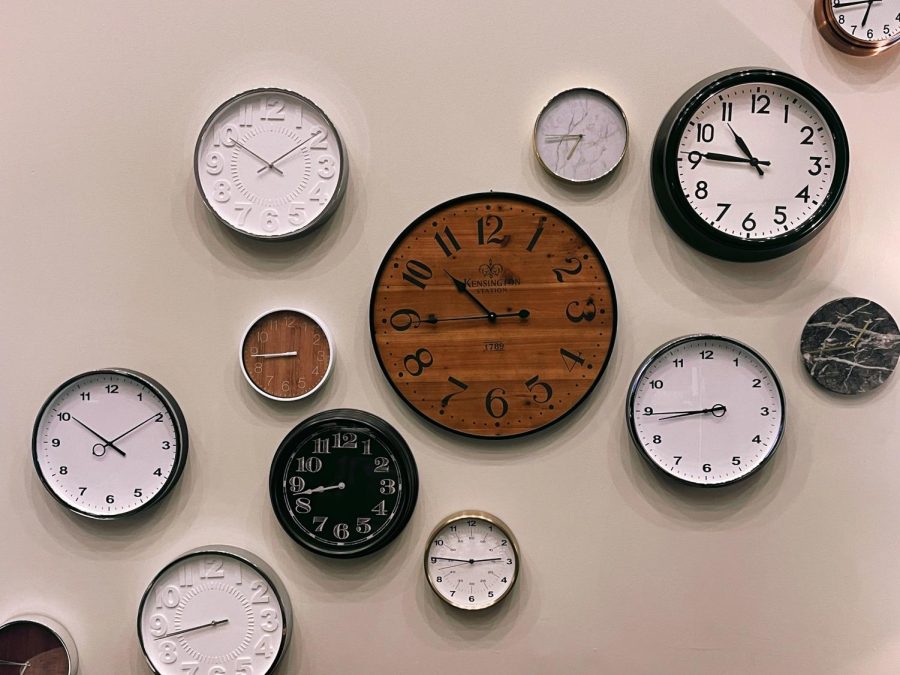Daylight Saving Time (DST). You either love it or hate it—or maybe you’re in the third camp and still don’t understand what Daylight saving time is or why the United States of America uses it.
Well, in a simple TLDR explanation, each year on the second Sunday in March, Americans across the country turn the clocks forward, deviating an hour from Standard Time, in an effort to “save” on daylight by pushing the hours of darkness later into the day. As the days turn colder and daylight hours seem shorter, households sync their clocks once again with Standard Time, setting their watches back one hour.
Countries all over the world participate in this clock-turning mayhem, and while the practice is more prevalent in the Northern Hemisphere, a few countries in the southern part of the globe also change their clocks twice a year. Overall, there are approximately 70 countries that follow DST; however, the details such as when to “spring forward” and “fall back” vary from country to country. For example, the European Union leaps an hour into the future on the last Sunday in March before repeating an hour on the last Sunday in October.
Okay, that’s great and all, but why do we “spring forward” and “fall back” each year? How exactly are we “saving daylight” here?
Good question.
The idea of changing people’s behavior to make the most of daylight hours came from multiple men. One of which was Benjamin Franklin in 1784. Franklin, living in Paris at the time, wrote an essay arguing why Parisians should adapt their sleep schedules in an effort to save money on artificial sources of light, such as candles. The people of Paris, he concluded, should rise with the sun and tax anyone whose windows had “shutters to keep out the light of the sun.” The article was, of course, actually satirical in nature; however, his essay has created the common misconception it was Franklin who proposed the idea of changing the clocks to America.
In fact, it wasn’t until a century later that “turning the clocks back” was officially proposed by George Hudson in 1895. Hudson, a New Zealand entomologist suggested the idea to the Royal Society of New Zealand, hoping to have more daylight time after work to participate in his hobby of collecting bugs. The clocks could revert back to their original time in the winter, however, since it would be too cold for him and others to participate in outdoor activities needing daylight. While he was mocked at the time, Hudson did see his invention flourish in other countries around the globe. It wasn’t until 1927 that his own country adopted the practice.
So no, DST wasn’t created to help farmers out in the field, and it only became a wider practice during World War I in an effort to save fuel that powered troops’ artificial lights. When the US entered the Great War in 1918, a bill was passed allowing the use of DST but was repealed after the end of the war.
DST has come and gone in various forms throughout the years since WWI. President Franklin Roosevelt reopened the idea of DST under the moniker “War Time” in 1942, which lasted through the end of World War II in September 1945.
The 1966 Uniform Time Act featured April and October as “spring forward” and “fall back” dates, respectively, but Standard Time returned once more during the 1973 Oil Embargo. From 1987-2006, DST was implemented, again with April and October as the dates of change; however, in 2007, DST in its current form, with clocks moving forward in March and falling back in November, was created.
Changing the clocks might not last much longer though.
Currently, the US Senate has passed the “Sunshine Protection Act,” hoping to have the final say in the debate on the DST/Standard Time which sparks growing interest every year. If passed by the House and signed by the President, the bill will make Daylight Saving Time permanent, and the US will no longer switch back to Standard Time.
Why?
Making DST permanent, argues Senator Sheldon Whitehouse from Rhode Island, a sponsor of the act, will improve the mental health of people with seasonal affective disorder and have more sunlight in the daytime to utilize after work.
Not everyone agrees, however, and arguments against making DST permanent and switching to Standard Time permanently instead include how it will improve your sleep, health, and weight.
What do you think?
Should DST become permanent? Or standard time? Should we stick to the current plan and continue having two very confusing Mondays each year?


